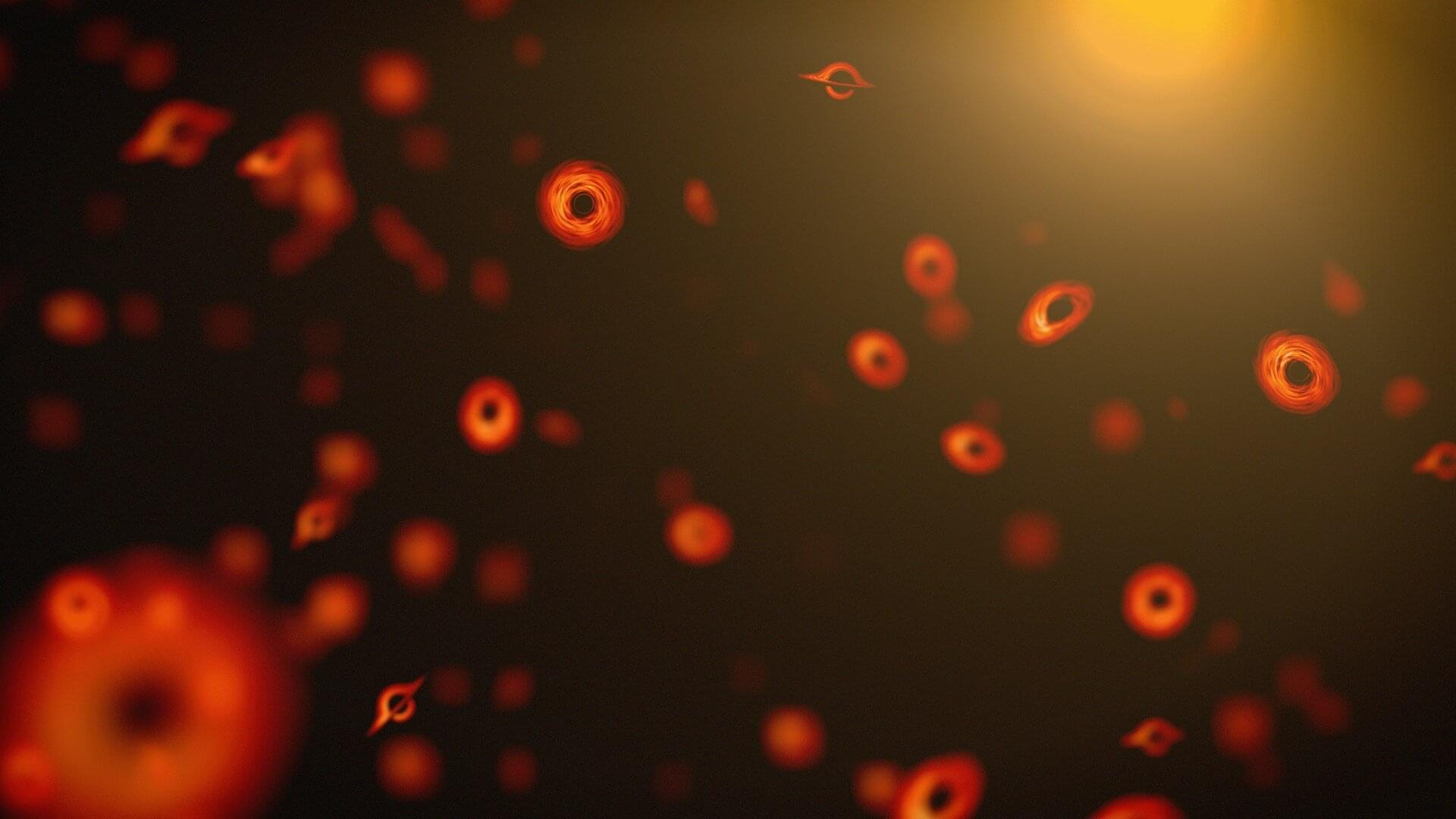Besides particles like sterile neutrinos, axions and weakly interacting massive particles (WIMPs), a leading candidate for the cold dark matter of the universe are primordial black holes—black holes created from extremely dense conglomerations of subatomic particles in the first seconds after the Big Bang.
Primordial black holes (PBHs) are classically stable, but as shown by Stephen Hawking in 1975, they can evaporate via quantum effects, radiating nearly like a blackbody. Thus, they have a lifetime; it’s proportional to the cube of their initial mass. As it’s been 13.8 billion years since the Big Bang, only PBHs with an initial mass of a trillion kilograms or more should have survived to today.
However, it has been suggested that the lifetime of a black hole might be considerably longer than Hawking’s prediction due to the memory burden effect, where the load of information carried by a black hole stabilizes it against evaporation.
